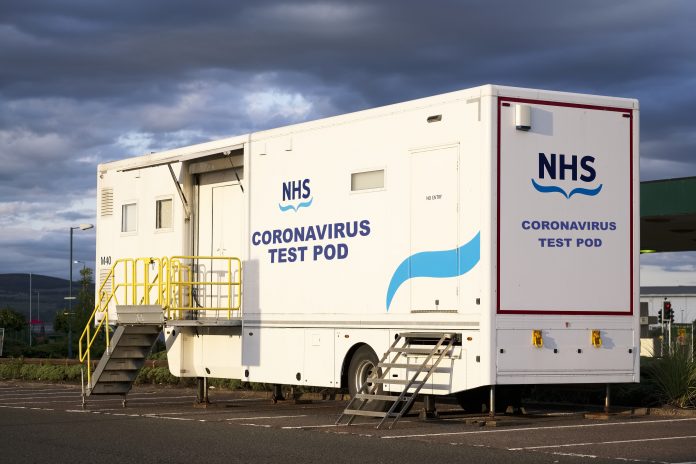James Loft, COO of Rainbird, discusses how intelligent automation technology can be used to relieve pressure and strain on the NHS during the COVID-19 pandemic
One of the challenges facing the public sector during this global pandemic is the issue of whether NHS staff that have developed coronavirus symptoms should stay at home. There is still significant confusion around official self-isolation guidelines and the service’s capacity to cope with patient demand is already being pushed to its limits across the country. It is therefore crucial that NHS trusts deploy whatever tools they have at their disposal to limit unnecessary self-isolation and maximise resources. This, in turn, will result in improved doctor performance and increase the number of positive patient outcomes.
With fast-changing government and NHS advice often resulting in misinterpretation, large numbers of NHS workers are (albeit with the best intentions) needlessly staying at home. Aside from lower capacity for treatment across the nation, hospitals’ HR departments are experiencing added confusion when it comes to managing the workforce, assigning shift work and predicting their ability to cope with the huge volume of cases the NHS faces.
One way in which these issues can be addressed is through the use of intelligent automation technology. This is because it can often be quickly designed, developed, and implemented to effectively and seamlessly support human workforces, dramatically cutting the time and resources required to carry out mission-critical tasks.
Online tools
We have witnessed these benefits first-hand after launching an online tool for the NHS which provides personalised, contextual advice on self-isolation to staff showing COVID-19 symptoms. The tool, which takes into account staff members’ unique circumstances (and those of others in their households), can be tailored to individual trusts and adapted on-the-go, in line with their requirements.
The portal combines both government and NHS advice, giving straightforward, safe and accurate recommendations to the service’s vital, frontline healthcare professionals. Additionally, the system automatically notifies line managers of workers using the tool of their upcoming absence or lack thereof. Staff are directed to a printable PDF, which is linked directly to the departments’ online database and should be handed to HR departments.
The results of the tool’s rollout so far have been extremely promising. While we were hearing of occupational health teams receiving several hundreds of calls a day (focused on staff and rota management and allocation), these plummeted within two weeks of the tool being deployed by the Norfolk and Norwich University Hospitals Foundation Trust (NNUH). This not only significantly freed up time for these healthcare workers, it also allowed them to focus other resources on more pressing concerns.
Looking to the future, a key benefit of this technology will be its flexibility: its ability to be rapidly set up and amended in line with dynamic, complex requirements is vital – it’s being regularly updated to reflect newly-discovered secondary symptoms of COVID-19. In addition, we’re in early development of a second tool that will perform a comprehensive evaluation of various factors to determine in which frontline ‘zones’ specific members of staff may operate.
Of course, this is just one case study of how automation technology can be used to streamline and alleviate pressure on public services and organisations. However, I believe it is emblematic of how the digital revolution currently spreading across all sectors, can make a tangible difference to people’s lives, when implemented responsibly and carefully.











